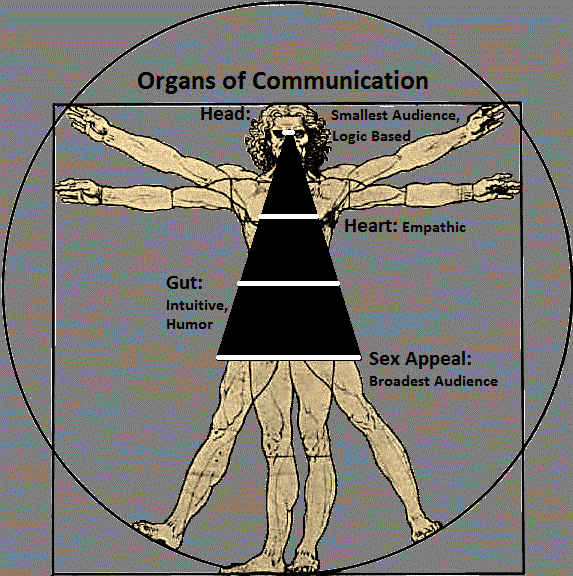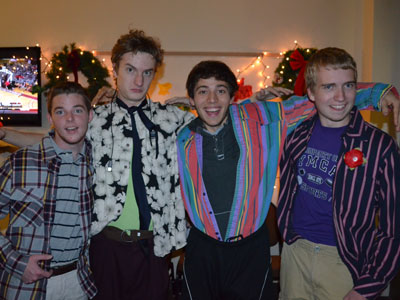An nspirational Tale
As a mines student, your calculator becomes one of your best friends over the years. Long nights of calculations, countless tests together…those white buttons and small colorless screens have been with you through the good times and the bad. Truth be told, familiarity has bonded you together in a relationship that can be taken for granted. The reliability and effectiveness of a calculator can be overlooked. That is, until tragedy strikes.


